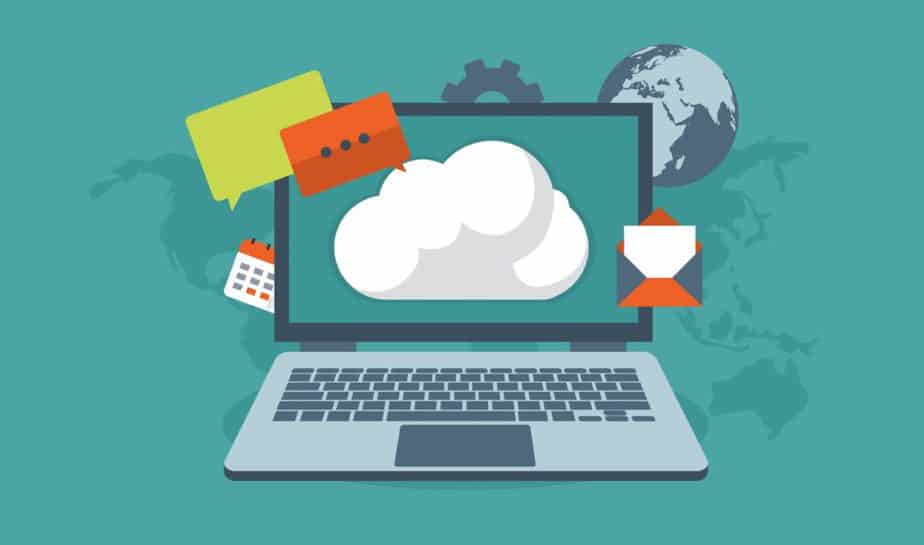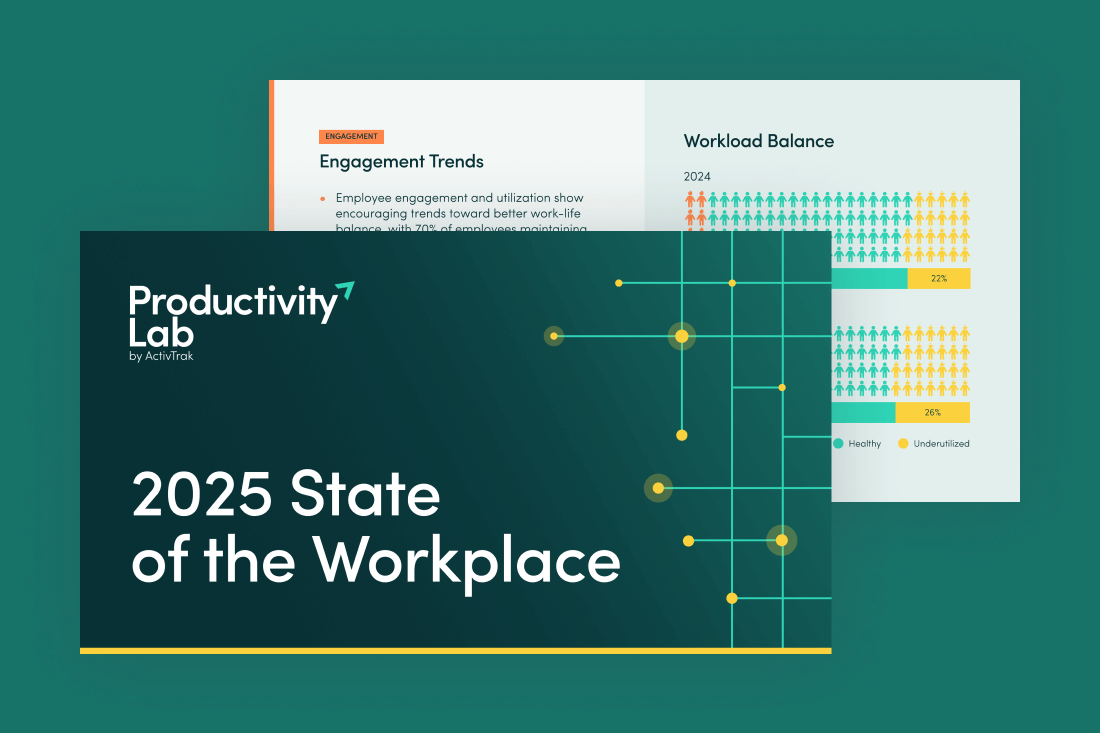It’d be nice to think that everyone who leaves a company does so respectfully and with integrity. Unfortunately, statistics prove otherwise. Entrepreneur.com reported on a study by Biscom and revealed that “85 percent of employees admitted to taking company documents and information they had created.”
Data theft from several large organizations support these stats. In 2017, a disgruntled ex-employee stole data from Coca-Cola that affected 8,000 employees. EQT Corporation in Pennsylvania and the Chicago Public School District were both victims of theft by fired employees in 2018.
It is possible to thwart data breaches caused by employees who have been let go, though. But before you can take measures to prevent theft, you first need to understand how it happens.
How Do Employees Steal Company Data?
1. Email
Email is one of the earliest forms of data theft committed over the internet. It’s also probably one of the easiest. Anybody can copy and paste information into the body of an email. Even more damaging, perpetrators can attach and send entire documents! Email crimes don’t get the spotlight as much as they used to. That said, don’t let email be your weakness.
2. Cloud Applications
When the cloud came along, the way we handle all things digital changed forever. Where previously we’d have to install applications from CDs and transfer data via usb drives, anyone can now use apps and access data that exist entirely in the cloud.

Cloud storage apps like Box, Google Drive, and DropBox are convenient for easy access to files wherever you work. But that means that if you don’t take the right precautions, anyone from anywhere in the world can access sensitive data, and that includes terminated employees.
3. USB Storage
It’s possible for employees, current or fired, to literally walk out the door with company data. Some offenders prefer this method to email or cloud storage applications because it’s easy and harder to detect. Short of checking pockets and bags at the end of each day, there aren’t many ways of discovering data theft via USB drives. And all thieves have to do is insert a tiny drive, copy data, and walk away with it.
4. Virtual Private Network
With a VPN, an organization’s data is mostly secure from external threats. Employees need credentials to access a secure server where all sorts of data and digital assets are stored. It doesn’t matter how strong your firewalls or security protocol are. As long as employees have the ability to log in to your VPN, they can take anything.
5. Remote Desktop Tools
Apps that let you control computers remotely are super helpful, especially for I.T. professionals. By accessing a computer remotely, a person can troubleshoot issues, install software, or train employees on new tools. But when used with malicious intent, remote access programs are effective means of data theft. The same application you use to help Phyllis log in to her email can be used by Sam to steal sales leads from his house.
6. Smart Phones
As smart phones have become more sophisticated, they’re also turning into a pocket-sized data-theft tool. Any phone with a camera can discreetly snap a picture of documents open on computer screens or forms on a co-worker’s desk.

Also consider wireless file sharing capabilities. With AirDrop, Apple products can easily send and receive data to each other. It wouldn’t take much effort for a disgruntled employee to take home proprietary information.
Defend against Data Theft
You don’t have to be a victim. But to defend effectively, you need the ability to detect activities indicative of imminent threats. By using ActivTrak, you’ll have the behavioral data needed to analyze for suspicious behavior. Learn more about how ActivTrak is the perfect Insider Threat Detection solution.





